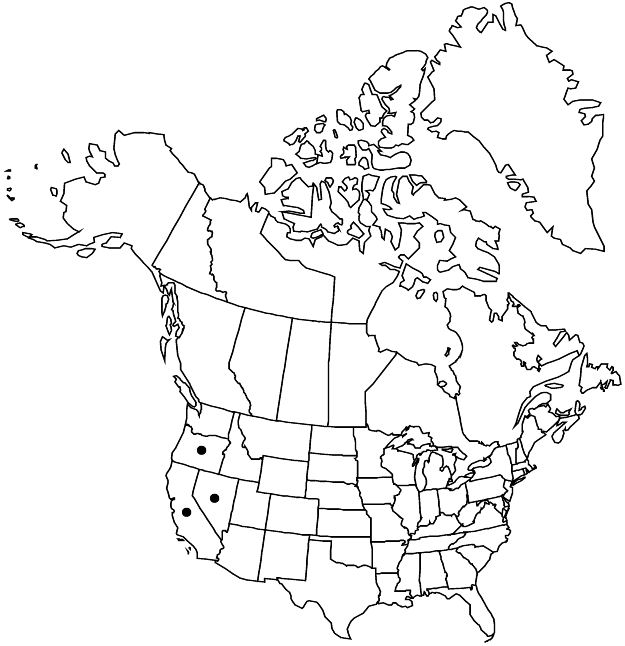Drymocallis lactea
in N. L. Britton et al., N. Amer. Fl. 22: 369. 1908.
Caudex branches short. Stems tufted, (0.3–)1.5–6(–6.5) dm; base 1–2.5 mm diam., not or sparsely, sometimes moderately, septate-glandular. Leaves usually sparsely to moderately hairy, sometimes glabrate; basal (2–)5–20(–30) cm, leaflet pairs (2–)3–4(–5); terminal leaflet broadly obovate to cuneate, 1–4 × 0.7–3.5 cm, teeth usually single, 4–10(–14) per side, apex usually rounded to obtuse, rarely acute; cauline 1–2, reduced, leaflet pairs 2–3. Inflorescences (2–)5–30(–50)-flowered, not leafy, open, (1/6–)1/5–1/2(–4/5) of stem, narrow to wide, branch angles 10–40(–50)°. Pedicels 2–10 (proximal to 30) mm, predominantly short-hairy, sometimes velutinous, not or sparsely, sometimes moderately, septate-glandular. Flowers opening widely; epicalyx bractlets linear-lanceolate to narrowly elliptic, 2–5 × 0.5–1.5 mm; sepals spreading, 3–8(–9) mm, apex usually acute, sometimes obtuse and apiculate; petals ± overlapping, spreading, cream-white to bright yellow, broadly obovate, (3–)4–8(–10) × 3–8 mm, usually longer than, rarely equal to, sepals; filaments 1–3(–3.5) mm, anthers 0.6–1 mm; styles thickened, 1 mm. Achenes light brown, 1 mm.
Distribution

Calif., Nev., Oreg.
Discussion
Varieties 2 (2 in the flora).
Drymocallis lactea has had a well-established identity as Potentilla glandulosa var. (or subsp.) nevadensis; however, the epithet lactea has priority at species rank and avoids possible confusion with P. nevadensis Boissier. D. D. Keck (in J. Clausen et al. 1940) based his concept of P. glandulosa subsp. nevadensis on white-petaled plants with narrow inflorescences, the common form in the central Sierra Nevada and south. His map and annotations, however, include populations with yellow petals and widely branched inflorescences from northern California and adjacent Oregon. The two extremes merge in the northern Sierra Nevada, and populations in the North Coast Ranges of California also are problematic; the extremes are accordingly treated here as varieties of a single species. The inclusion by Keck of Washington in the species range might have been based on specimens here assigned to P. pseudorupestris.
Drymocallis lactea can be distinguished from sympatric species by its relatively large, overlapping petals, non-leafy inflorescences, and singly toothed leaflets. Pedicels and distal stems are usually densely short-hairy with relatively few or no glandular hairs (in contrast to D. pseudorupestris), and septate glands are usually absent from stem bases (in contrast to D. hansenii). The distinction between D. lactea and D. pseudorupestris breaks down at the margin of the species range in Nevada and Oregon.
Selected References
None.
Key
| 1 | Inflorescences narrow, branch angles 10–20°; petals cream-white to pale yellowish; pedicels and stems not or sparsely septate-glandular. | Drymocallis lactea var. lactea |
| 1 | Inflorescences wide, branch angles mostly 20–40°; petals usually pale to bright yellow; pedicels and stems sometimes moderately septate-glandular. | Drymocallis lactea var. austiniae |